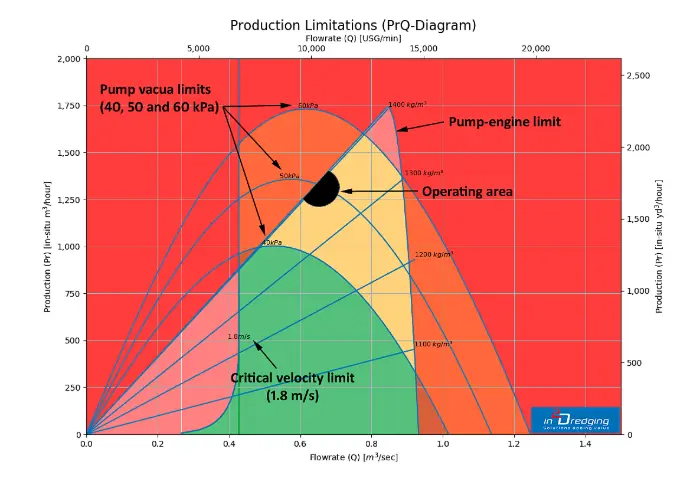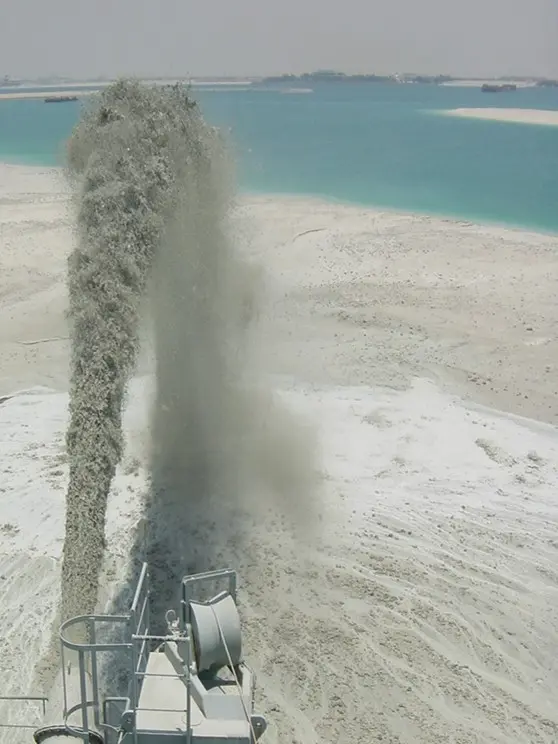Estimates You Can Trust
Built in-house, refined through real data, our tools bring clarity and confidence to every cubic metre.
Dredging Estimating Tools
- Developed to provide efficient and reliable production estimates
- Able to recognise the level of definition required for each project and each design phase
- Independent without any bias
- Easy and quick to use for shorter lead times and smaller budgets
- Maintained by a production and cost database on dredging equipment
- All dredging estimating tools establish a cost per cubic metre


